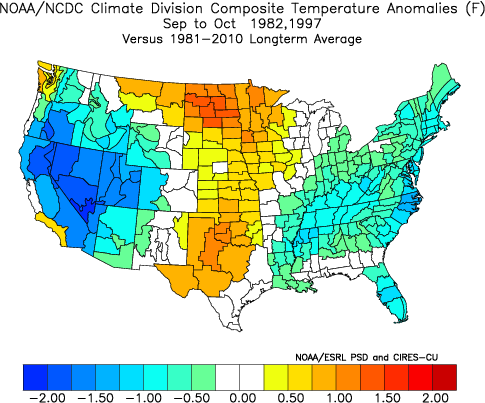According to preliminary records, the first half of May was both warmer and wetter than average for many locations in Illinois. The statewide average temperature was 61.2 degrees, about 1.4 degrees above average. Meanwhile, this morning there are reports of snow falling in northern Illinois. Talk about weather extremes. This was after last weekend when we saw widespread reports of highs in the upper 80s and low 90s.
The statewide average precipitation was 2.43 inches, 18 percent above average. Here is a screenshot of the last 14 days showing the widespread and heavy rainfall in much of the northeast, east-central, and southern parts of Illinois with many sites reporting between 3 to 6 inches of rain. Parts of western and central Illinois have not been as wet with amounts in the range of 1 to 3 inches of rain.

Snow in May? Read more on the Chicago NWS page. It looks like Rockford set a new record for the latest report of snowfall in the season. The Chicago record still stands at June 2, 1910.












